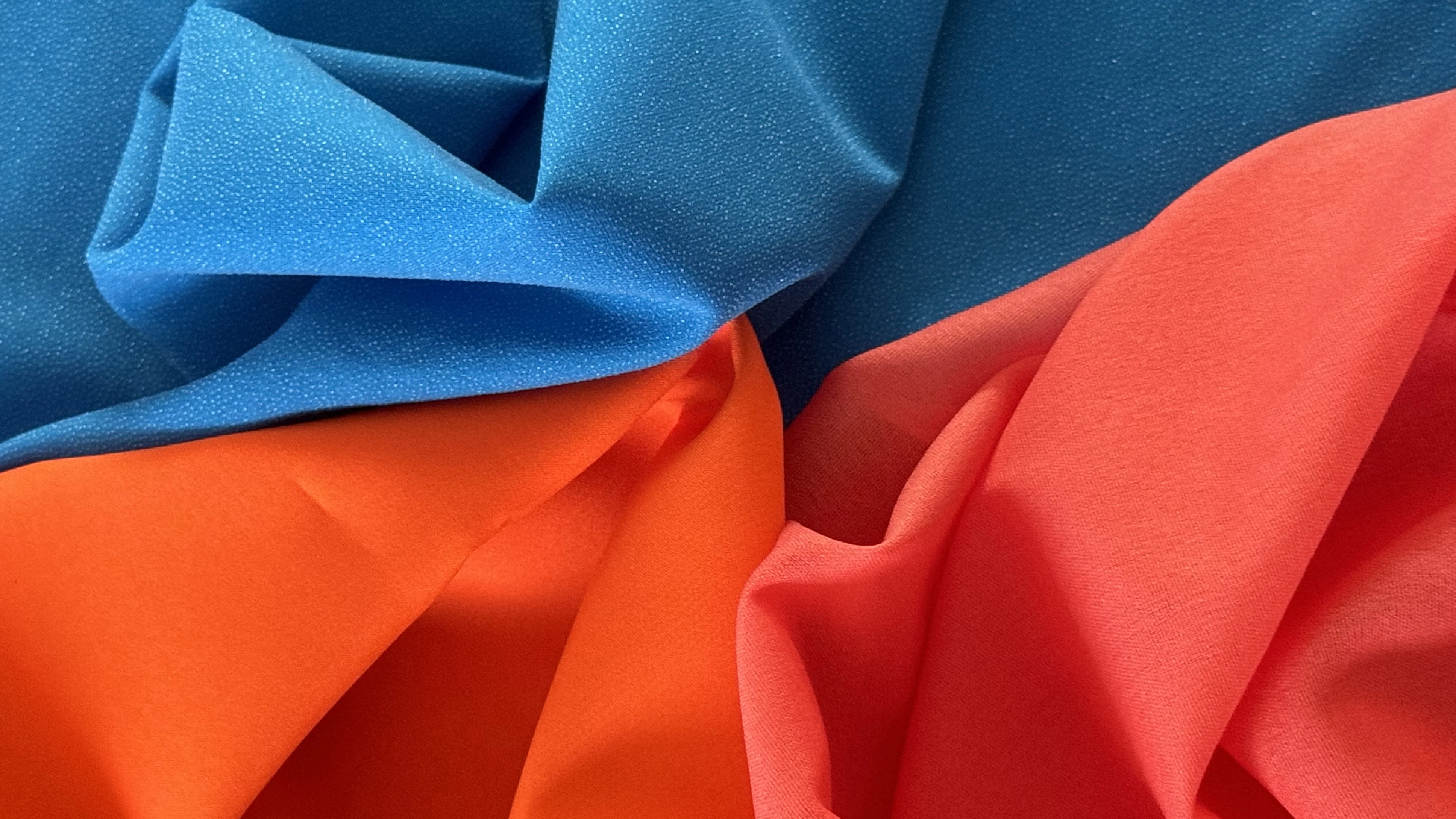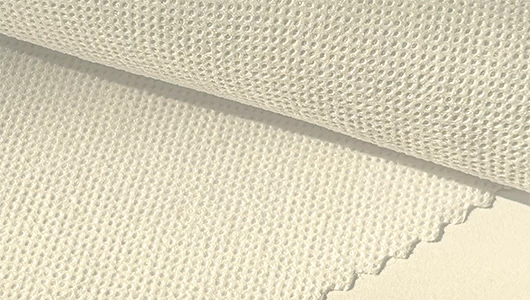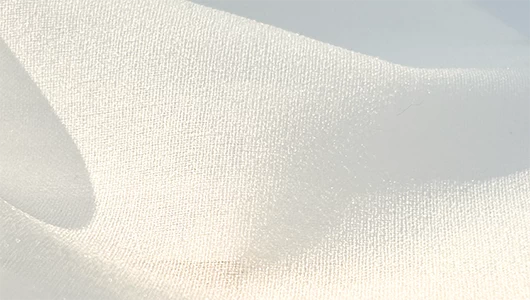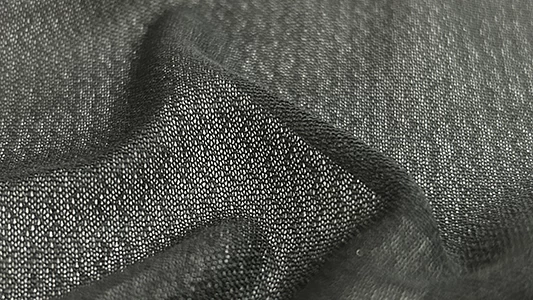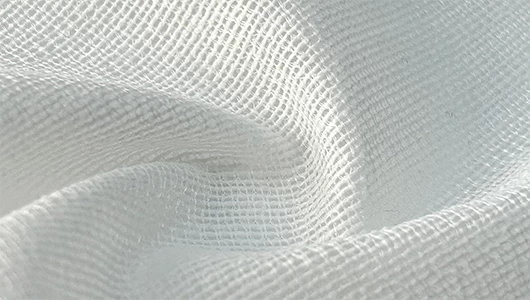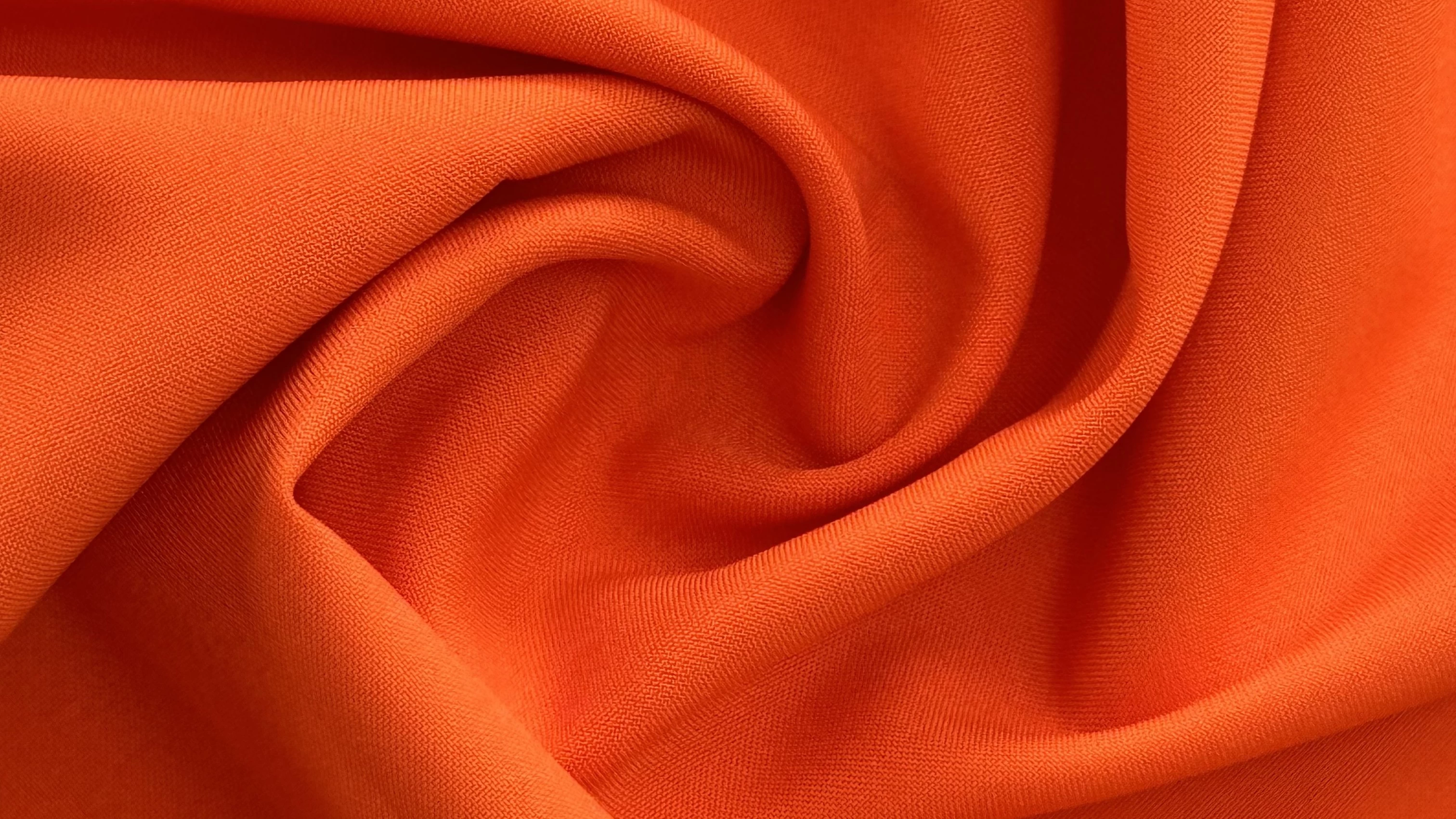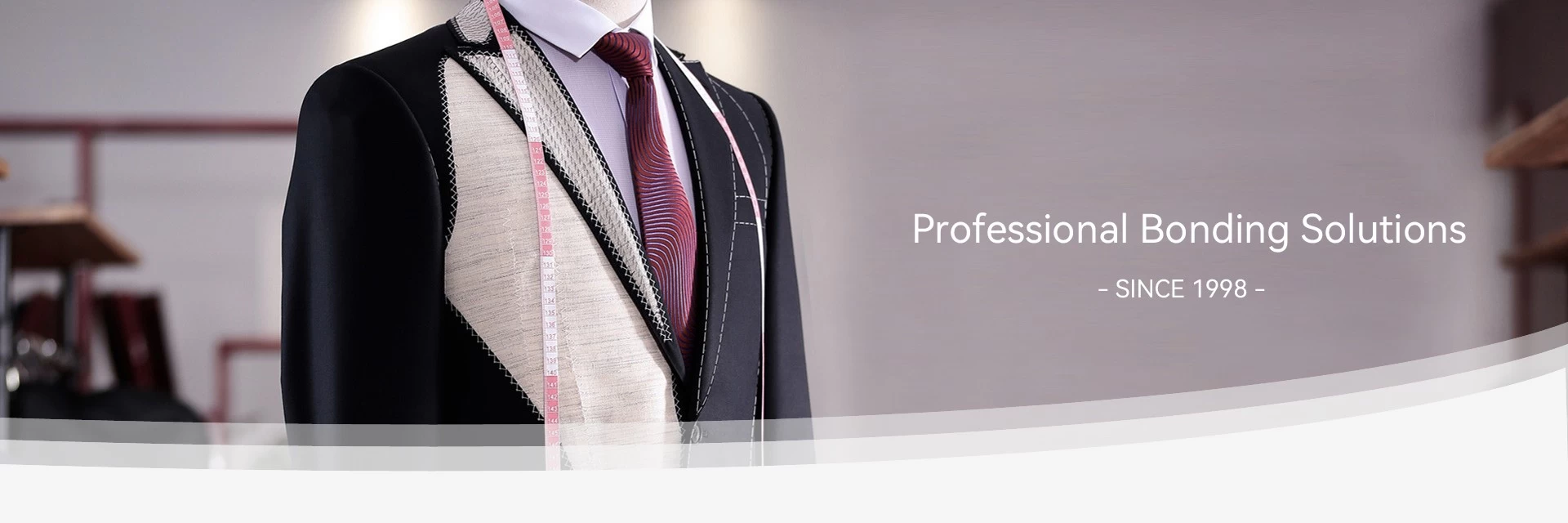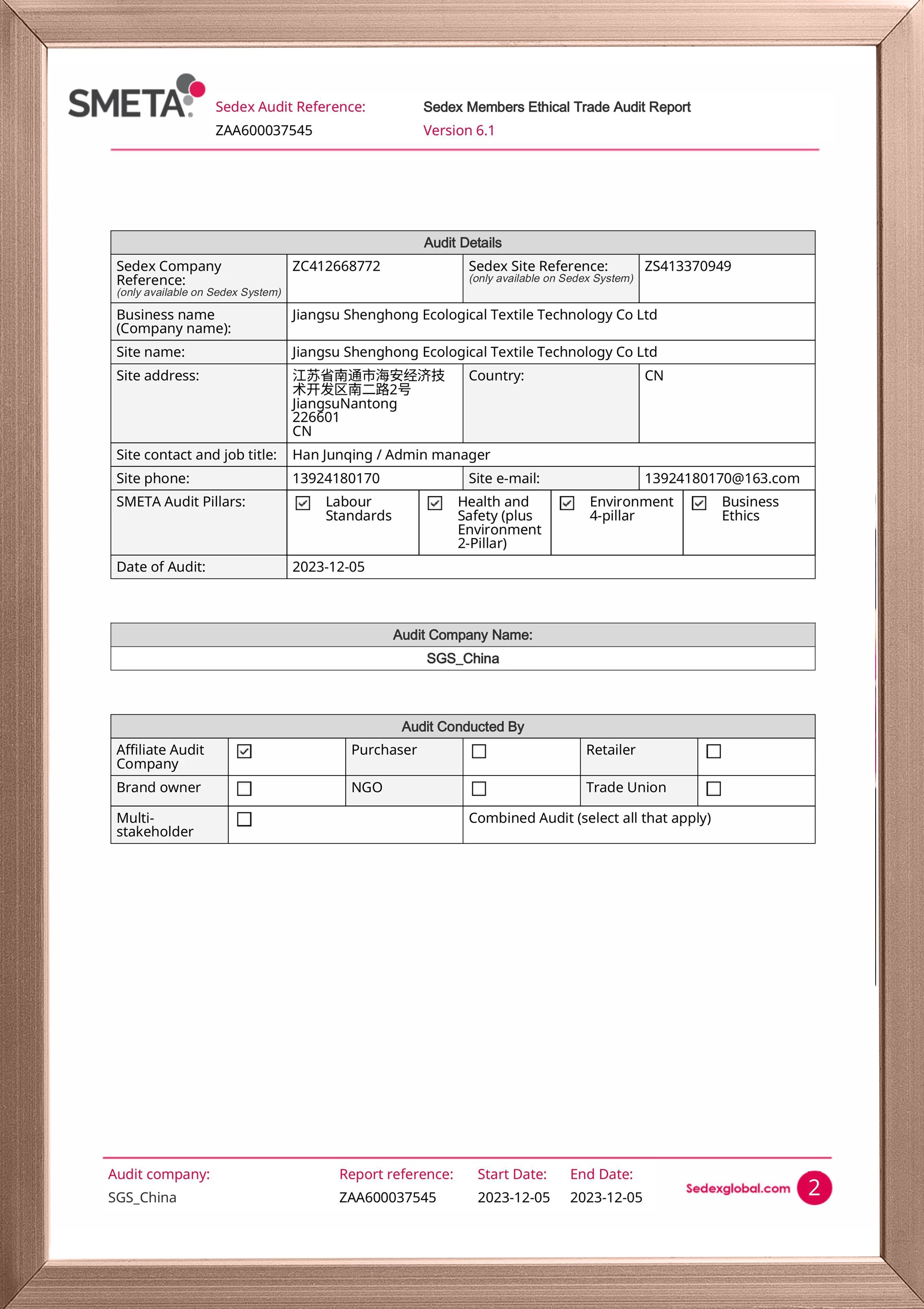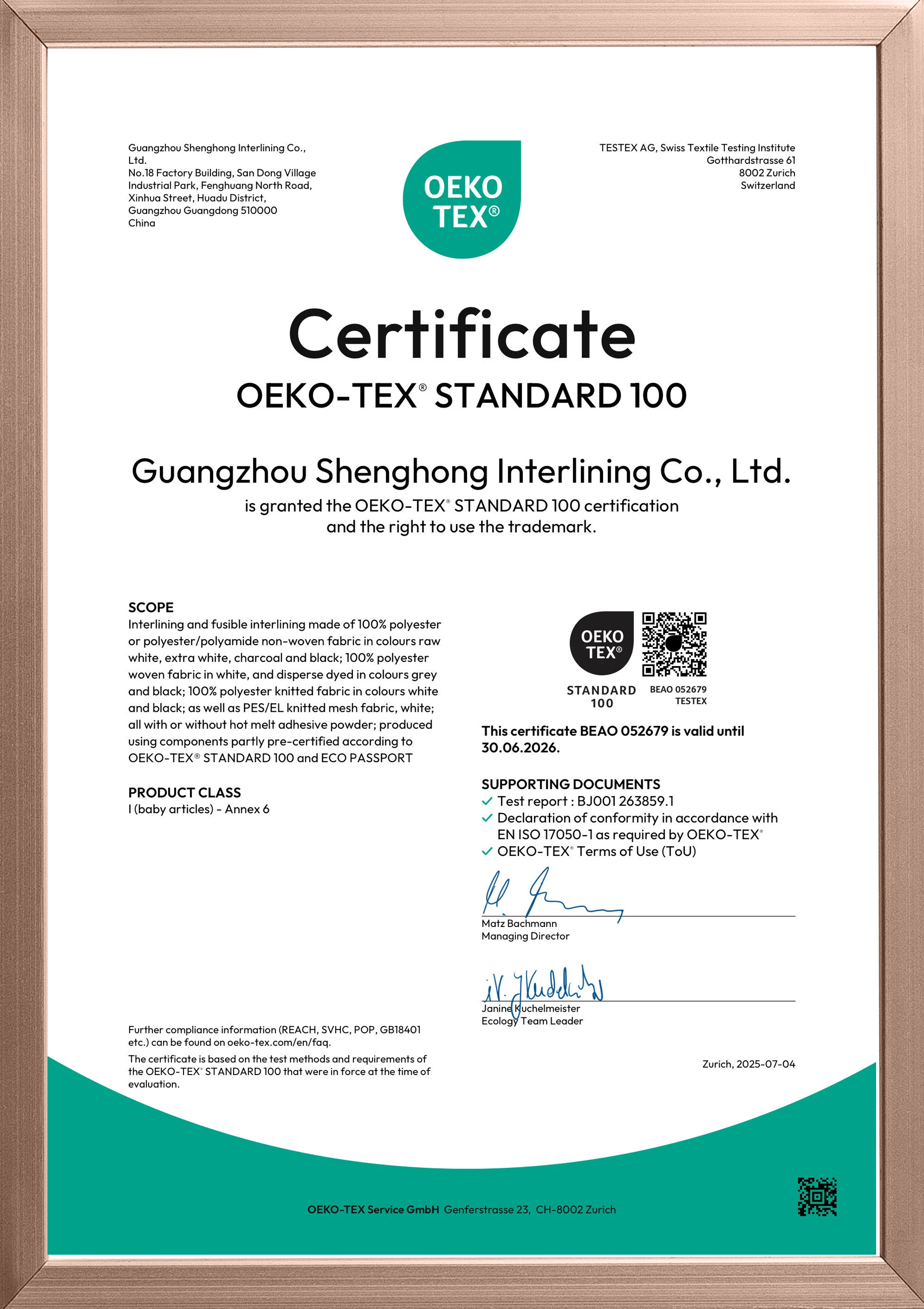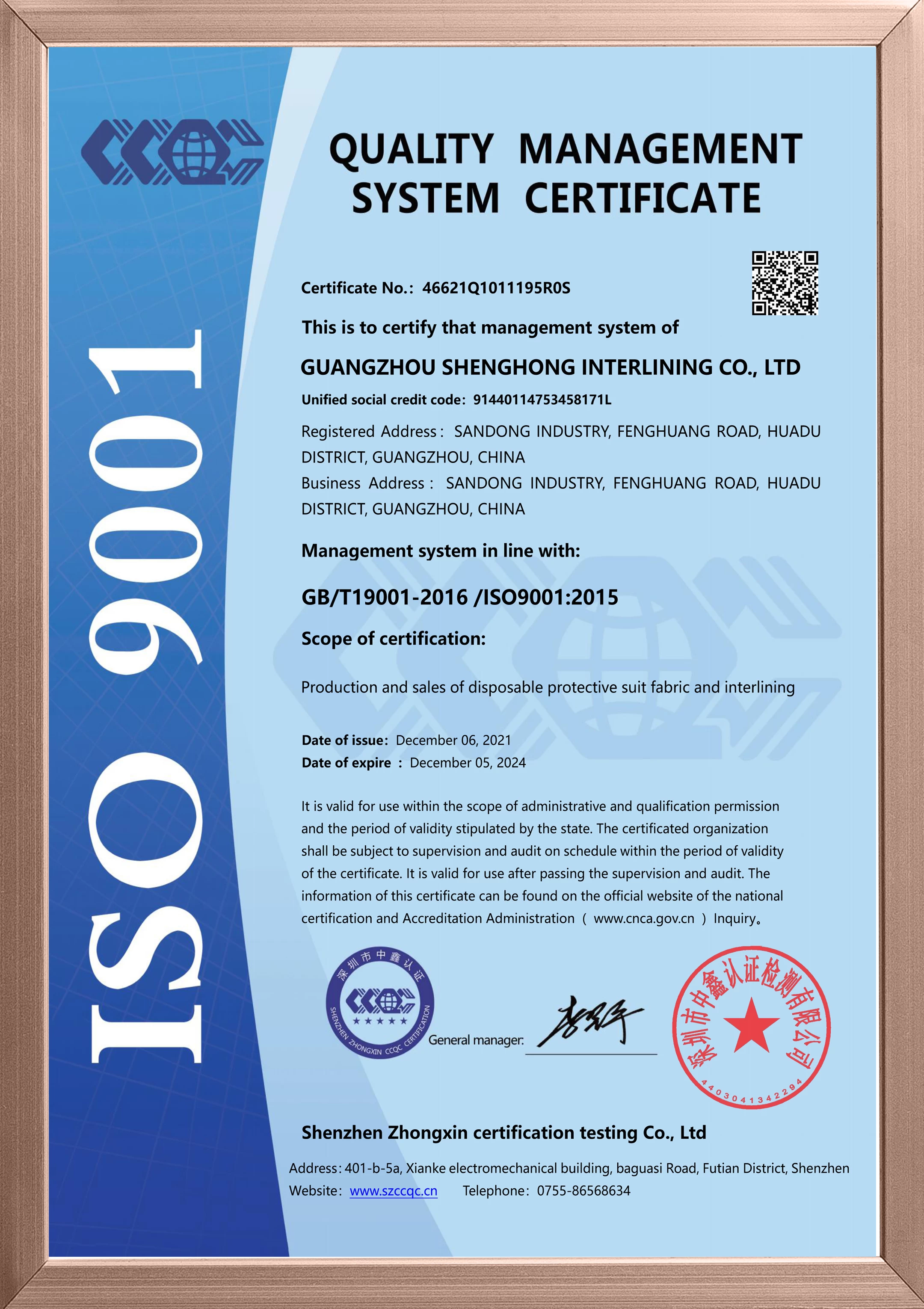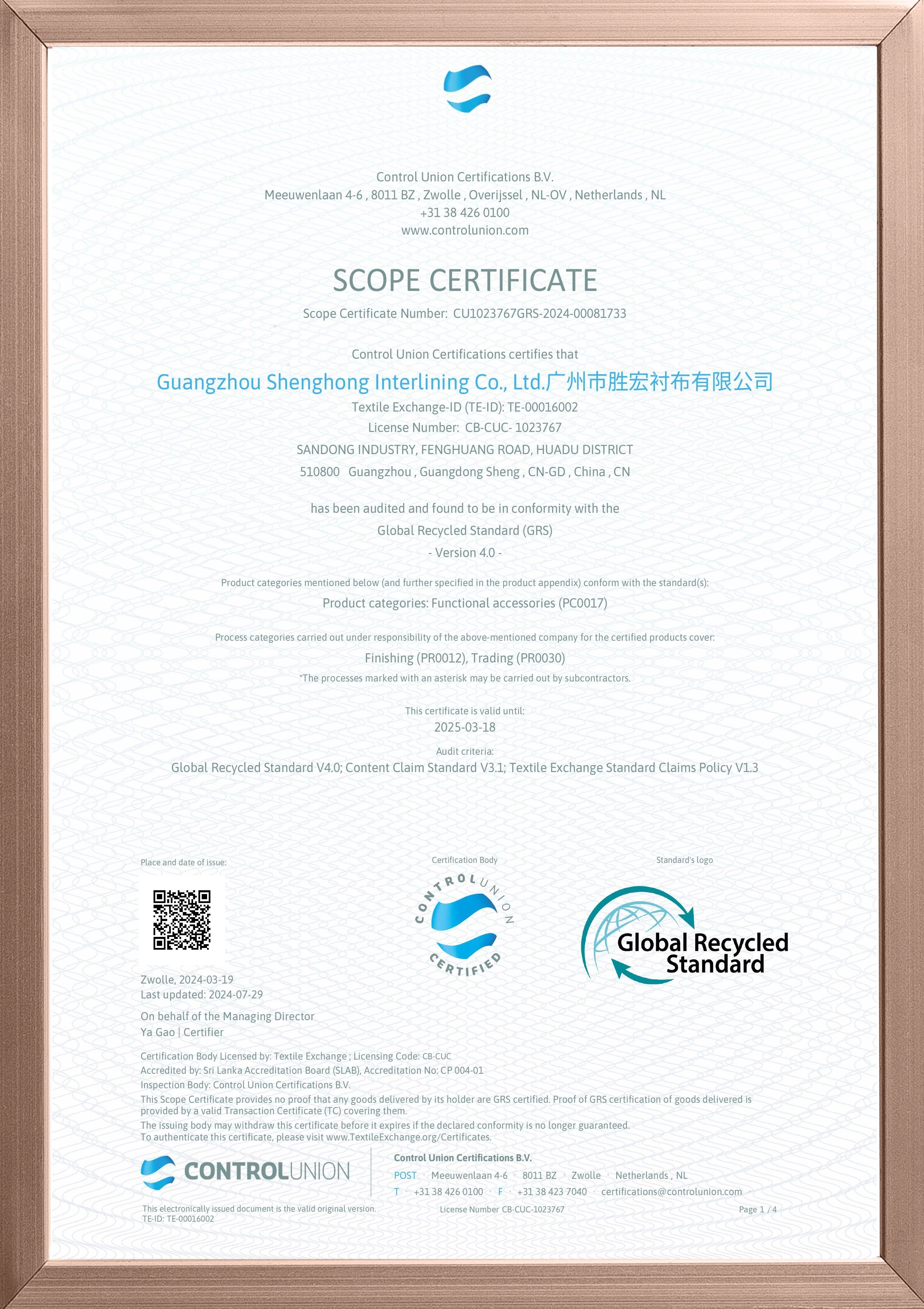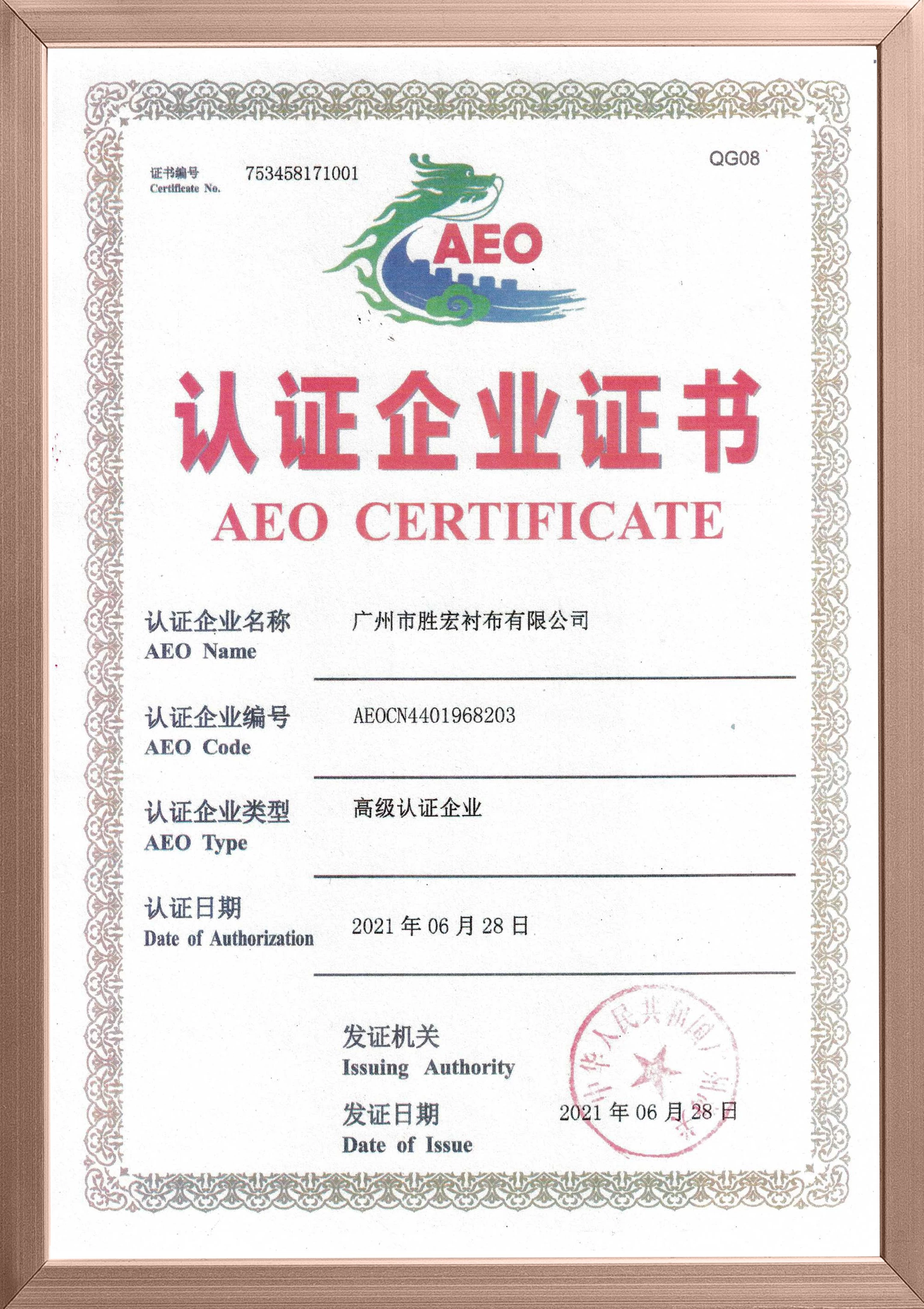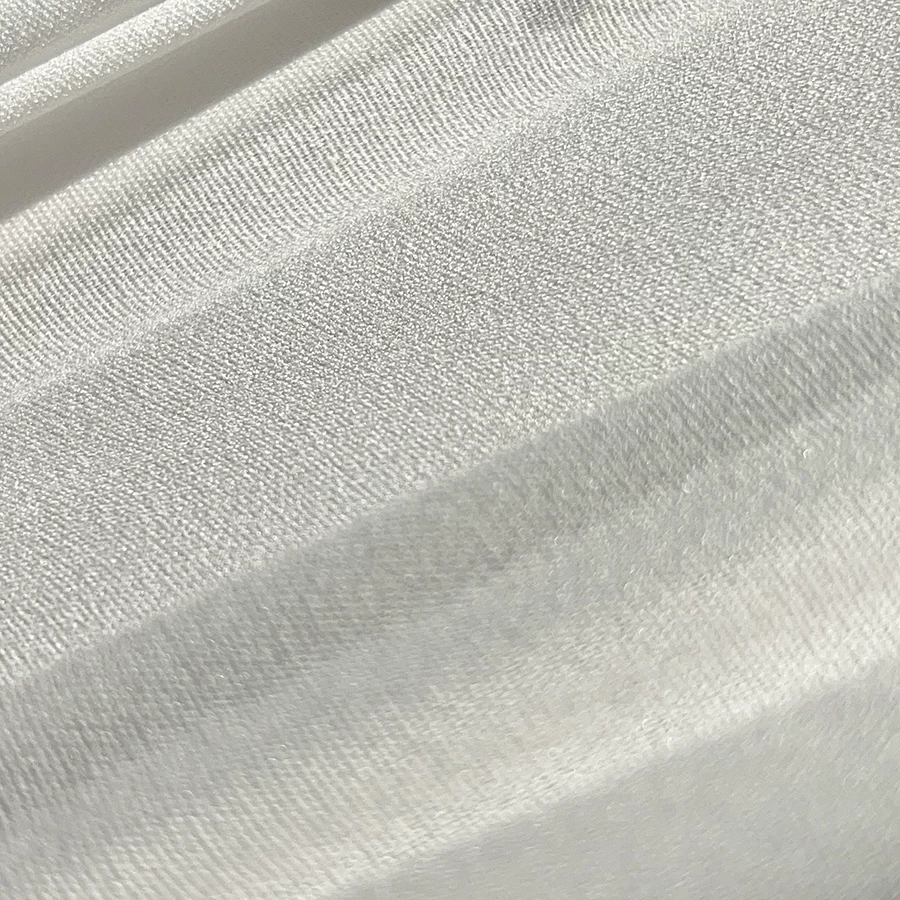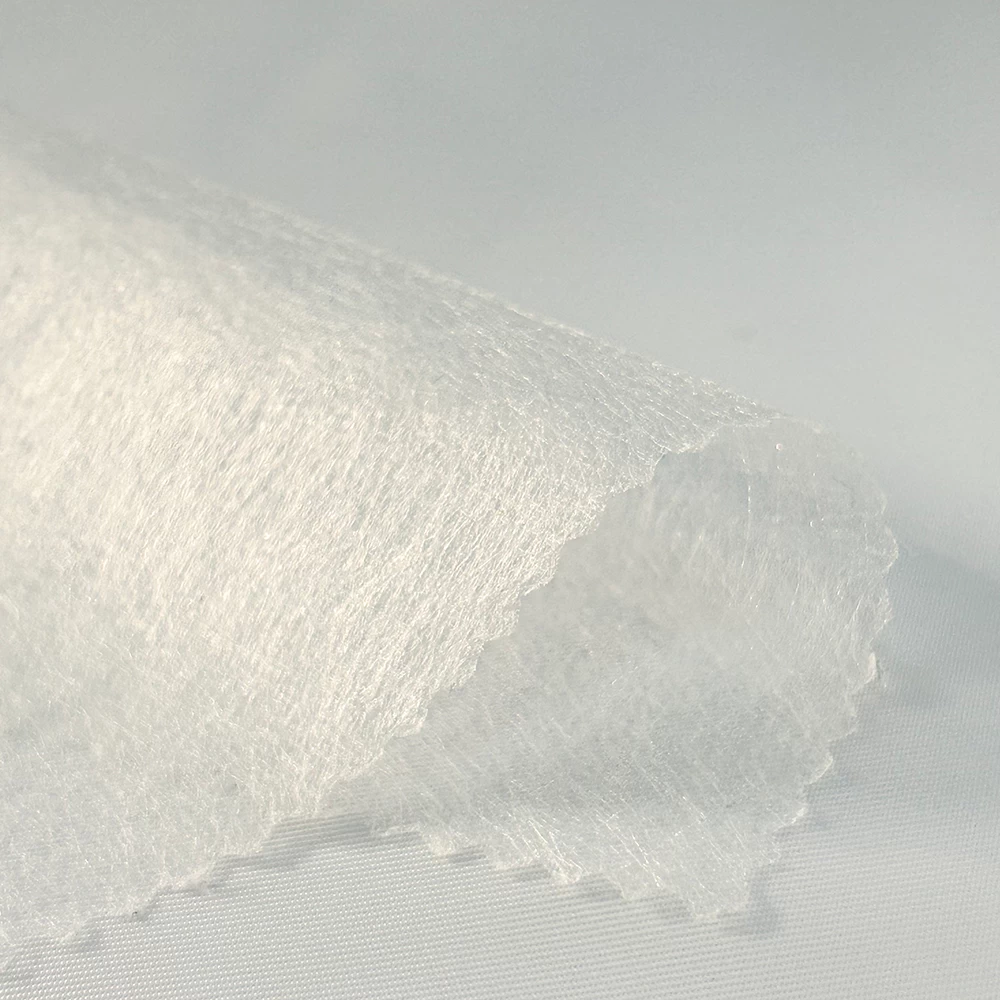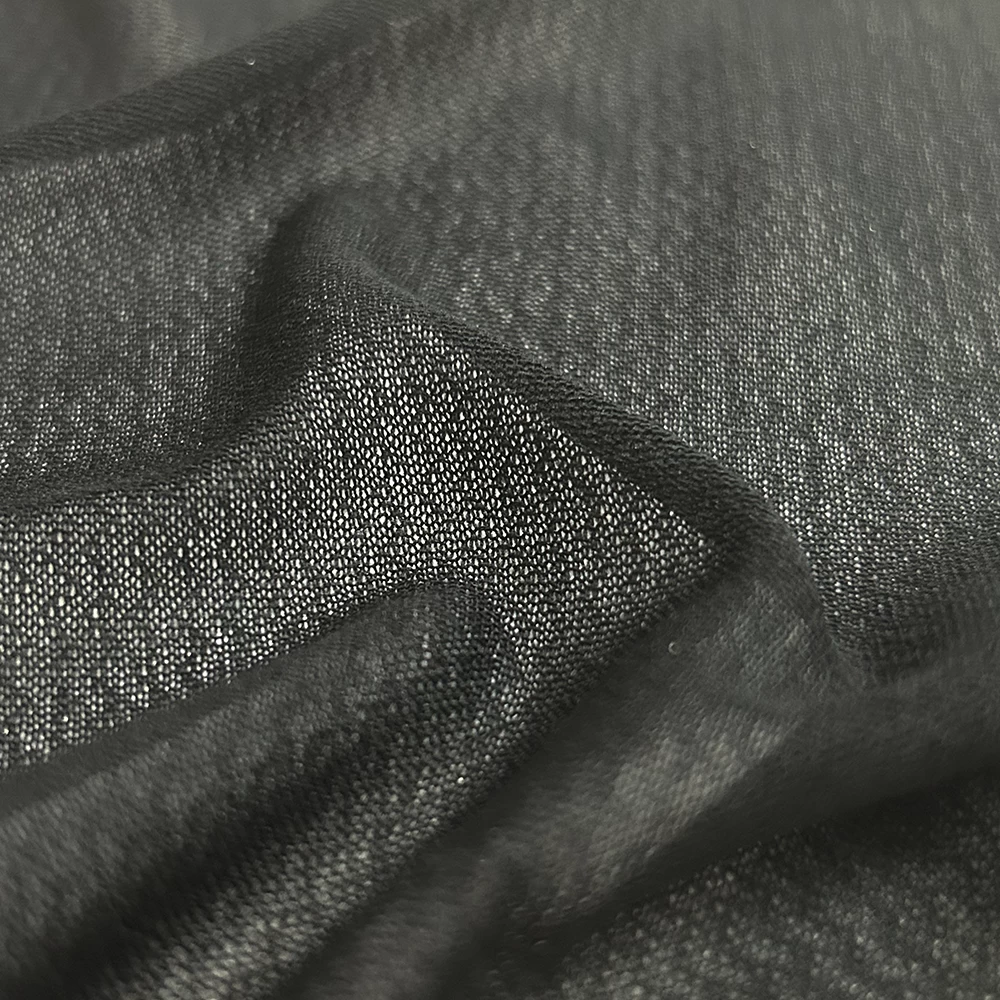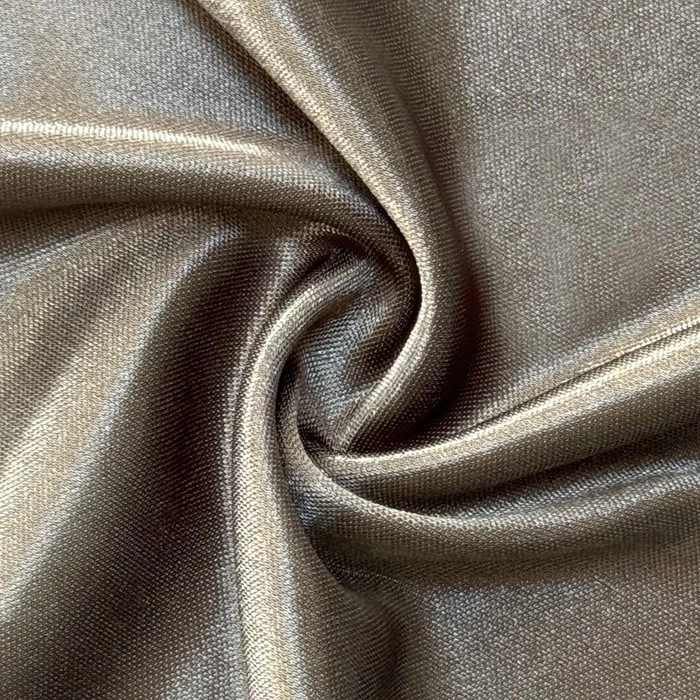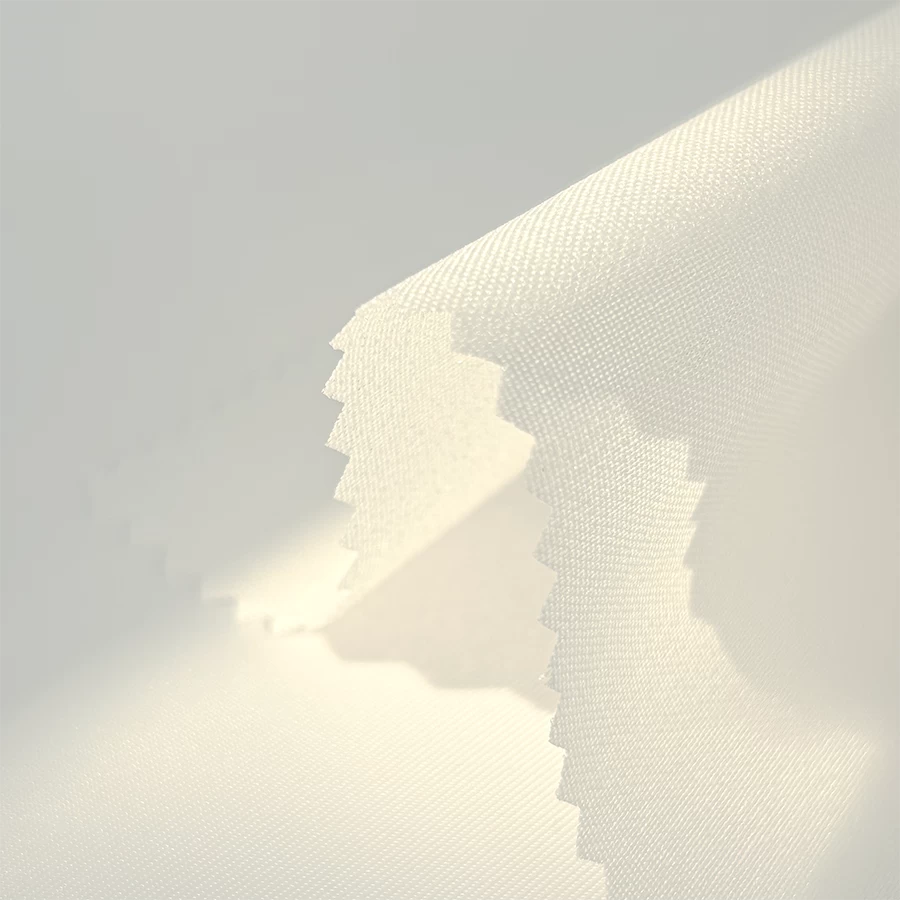Important Notes for Adhesive Bonding of Fabric Interlinings
The bonding of interlining in garment making is a critical step. Attention should be paid to various aspects during the bonding process, including preparation before bonding, control of temperature, pressure, and time during the bonding process, post-bonding treatment and inspection, and common problems and solutions. Only by mastering these key points can the bonding quality be ensured, thereby improving the quality and performance of garments.China non-woven interlining suppliers
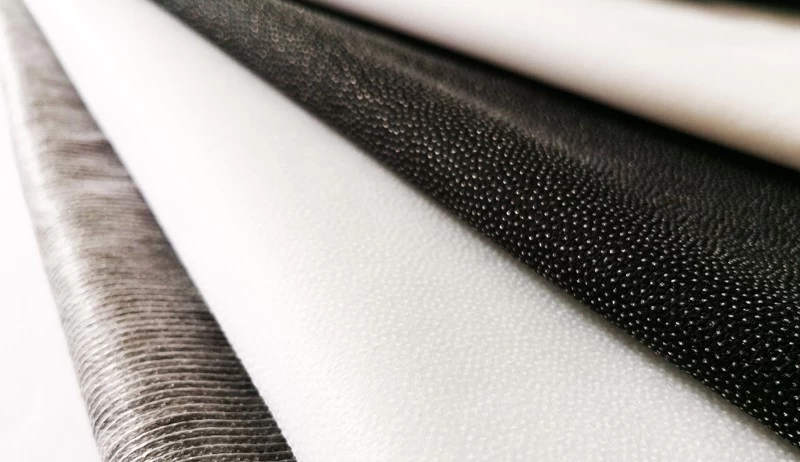
一、 Preparations Before Adhesion
Material Matching: Choose a fusible interlining that is compatible with the fabric, ensuring that the texture, feel, and appearance of the finished garment meet your expectations.
Pay attention to whether the fusible interlining and the fabric have the same shrinkage rate to avoid curling or distortion after fusing.
Equipment adjustment: Adjust the temperature, pressure, and bonding time of the adhesive machine according to the type of fusible interlining and the fabric properties. Ensure that the adhesive machine is functioning properly, free of debris or hard objects that could damage the adhesive tape.
二、Note during the bonding process.
Temperature Control: The bonding temperature should be determined based on the thermal properties of the adhesive and fabric. If the temperature is too low, the bonding will be insufficient, resulting in a lower peel strength and washability. If the temperature is too high, the fabric may yellow, and the peel strength will also be reduced. Different types of fusible interlinings and fabrics require different bonding temperatures.
Pressure application: Applying appropriate pressure can cause the lining to adhere firmly to the fabric, facilitating heat conduction, and also impart tangential stress to the hot melt adhesive, which reduces its viscosity during melting, making it easier for the hot melt adhesive to flow and penetrate. The size of the pressure should be determined based on the thermal flow properties of the hot melt adhesive and the thickness of the fabric. If the pressure is too small, it will affect the peel strength; if it is too large, it may cause bleeding, affecting the hand feel of the fabric.
Time Control: The bonding time includes the heating time, actual bonding time, and curing time. Properly extending the bonding time can allow the hot melt adhesive to fully penetrate the fabric and diffuse into the fabric interior, which is beneficial for improving the peel strength. However, excessive bonding time may result in bleeding (over-adhesion) phenomenon. Determine the appropriate bonding time based on the type of bonding interlining and fabric properties.
三、 Post-bonding treatment and inspection
Cooling and Setting: After the adhesive has been applied, wait for the adhesive bond to cool before moving it to avoid instability or deformation caused by thermal effects.
Quality inspection: Quality inspection is carried out on the finished garments after bonding to ensure that the bonded areas are flat, free from bubbles, and free from delamination. The dimensional stability and appearance of the bonded areas are checked to ensure that they meet the design requirements.
Post-processing: The bonding areas are appropriately treated according to the subsequent processing techniques (such as cutting and sewing) of the garment to ensure the quality of the entire garment processing and the finished product effect.

